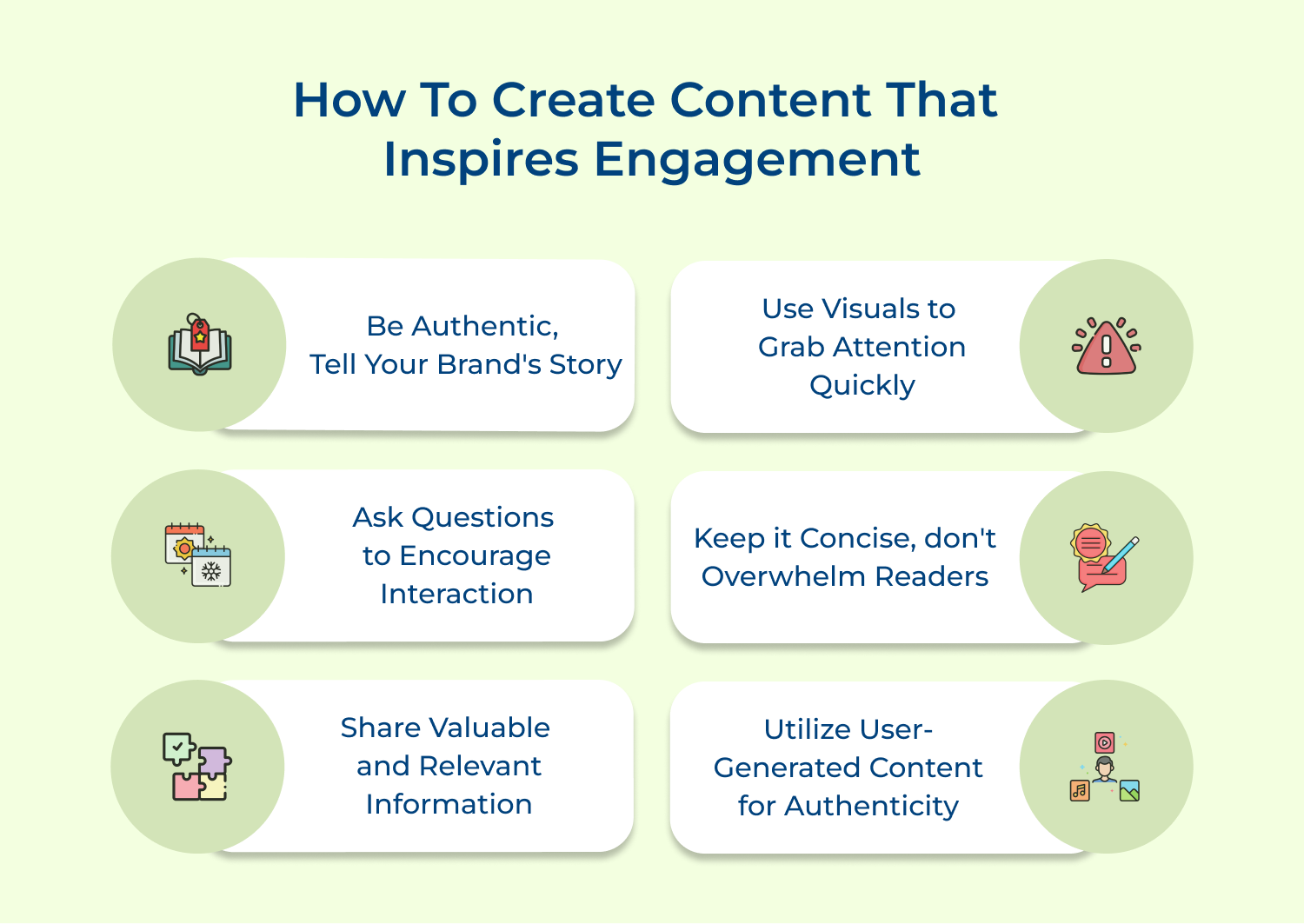Key advantages:
- Enhanced customer lifetime value: Predictive analytics can help businesses predict customers’ future behaviors. By understanding which customers are likely to make repeat purchases, increase their spending, or become brand advocates, companies can develop strategies to maximize customer lifetime value.
- Anticipate customer needs: Businesses can anticipate customer needs before they even express them. By analyzing customer behavior, businesses can identify patterns that indicate future needs or desires.
- Proactive retention strategies: Losing customers can be costly for businesses. With predictive analytics, companies can identify customers who are more likely to churn and take proactive measures to retain them.
4. Omnichannel Experience
Integrating AI-powered chatbots and automation tools across various touchpoints, businesses provide consistent as well as personalized interactions regardless of the platform or device used by customers. Whether it’s a website, mobile app, social media platform or voice assistant, AI and automation ensure that customers receive unified along with coherent experiences, strengthening their brand’s engagement.
Key advantages:
- Seamless customer journey: Omnichannel customer engagement provides a seamless customer journey. Customers can start their interaction on one channel and continue it on another without any interruption. It eliminates the frustration of having to repeat information or start the process from scratch.
- Data integration and insights: Adopting an omnichannel strategy allows businesses to collect and integrate data from various channels. It enables them to gain a holistic view of their customers and their interactions.
5. Continuous Improvement
One of the significant advantages of AI and automation is their ability to learn as well as adapt over time. By analyzing customer interactions, feedback and behavioral data, these technologies can continuously improve their performance while also refining their recommendations. The iterative approach allows businesses to enhance their customer engagement strategies based on real-time insights and feedback, ensuring that they stay ahead of evolving customer expectations.
Key advantages:
- Increased revenue and profitability: Engaged and loyal customers not only make repeat purchases but also tend to spend more. By continuously improving customer engagement, businesses can increase customer lifetime value and drive revenue growth.
- Valuable customer insights: The process of continuous improvement involves collecting and analyzing customer data, which provides valuable insights into customer preferences, behavior and trends. These insights can be used to develop targeted marketing strategies and personalized customer experiences.
Examples of Customer Engagement Strategies from Top Brands
Effective customer engagement has the power to drive sales and create loyalty. Here are three examples of companies who have implemented successful customer engagement strategies in their business:
1. Airbnb
Airbnb created an online community by encouraging travelers to interact with one another through user-generated content shared on their platform. They also organize global meetups so that potential hosts can connect with each other face-to-face and build meaningful relationships geared towards creating an even better experience for guests when they travel with Airbnb.
2. Dove
Dove recognizes the power of personalization when it comes to engaging consumers. By allowing people to share photos of themselves with the hashtag #show us, Dove created an emotional connection between their brand and its users that was as unique as each individual story shared on social media platforms such as Instagram or Twitter. Drawing from diverse perspectives from customers all over the world allowed them to strengthen existing relationships while also gaining new followers organically.
3. Subway
Subway adopted a similar approach by offering incentives customized for different types of customers. Offering coupons that could be sent through mail or email or rewards programs based on number of purchases which helped it create long lasting relationships with its patrons yielding high returns. Its content marketing strategy which added value for its audience in the form of videos, recipes and conversations drove amazing social interaction results translated directly into sales growth.
Boost Your Support Using Customer Engagement Strategies
Having a solid consumer engagement strategy is a good first step when considering how to build relationships with customers. It should include ways to gather feedback from customers on current or past interactions with your company, such as surveys or focus groups.
The importance of taking customer engagement into serious consideration should not be overlooked by any business hoping for long-term success. Having a well thought out strategy in place can go a long way toward building relationships that last – something that’s increasingly important in today’s competitive marketplace.
Implementing tactics to create meaningful conversations with customers with an omnichannel approach will help foster relationships over time and increase brand loyalty. Utilizing email campaigns or newsletters can also help drive repeat purchases from customers who already know and trust your business.











